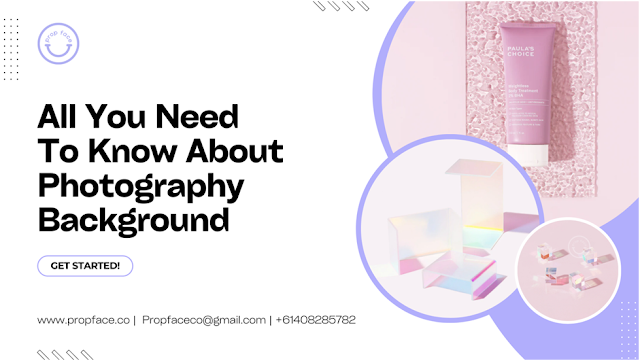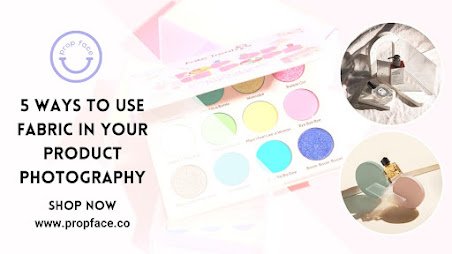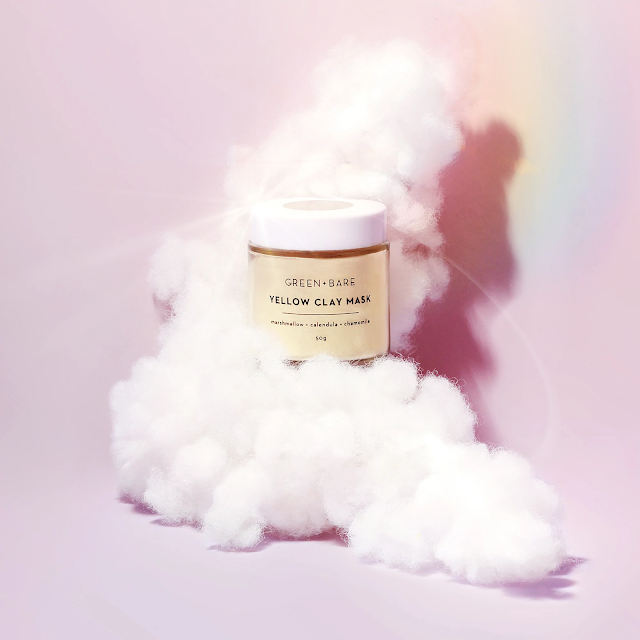All You Need To Know About Photography Background
A photography backdrop is a background material or surface to create a visually appealing and consistent background for photography sessions. Locations are commonly used in various types of photography, including portraits, product photography backdrops, and studio setups.
Here are some options and considerations when choosing a photography backdrop:
1. Material: Backdrops can be made from various materials, each with its characteristics. Some common backdrop materials include fabric (cotton, muslin), paper rolls, vinyl, or canvas. The choice of material depends on desired texture, durability, portability, and ease of cleaning.
2. Color and Pattern: Backdrops come in various colors and patterns. The choice of color and design depends on the desired aesthetic, the photographed subject, and the images' intended use. Solid colors like white, black, or gray are versatile and commonly used. Patterns, textures, or scenic backdrops can add visual interest and context to the photograph.
3. Size and Portability: product photo backgrounds come in various sizes, from small backdrops for close-up shots to more prominent locations for full-body portraits or group photos. Consider the space available for shooting and choose a size that fits your needs. Portability is also essential if you plan to use the prop store and backdrop on location or need to transport it frequently.
4. Seamless or Non-Seamless: Seamless backdrops are typically large rolls of paper or fabric that provide a smooth and uninterrupted background without visible seams. Non-seamless backdrops may have visible seams or textures but can still be used creatively to add depth and visual interest to the photograph.
5. Studio vs. Portable: If you have a dedicated photography studio, you may opt for more permanent and giant backdrops mounted on a backdrop stand or wall-mounted system. If you need more versatility or shoot on location, portable stages that can be easily set up and taken down, such as collapsible or pop-up backdrops, may be a better choice.
6. Customization: Some photographers may prefer customized backdrops with specific colors, patterns, or logos to suit their branding or unique style. Custom backdrops can be ordered from specialized vendors or created by printing your design on fabric or vinyl.
When choosing waterproof backdrops for photography, consider your photography style, the subjects you photograph, and your budget. Reading reviews, comparing prices, and feeling the backdrop material's long-term durability and maintenance requirements is also helpful. A photography background, also known as a backdrop, is essential in creating a desired setting and atmosphere for photography. It serves as the product photo background or surface behind the photographed subject.



Comments
Post a Comment